4. Biofabricating Dyes and Materials#
Weekly task :-#
-
Produce at least one natural dye or bacterial dye.
-
Produce at least one crafted or grown material.
What I have done ?#
Task 1 : Natural dyes mordanting it with different ways.
Task 2 : Biomaterial- bioplastic.
What is natural dyes..?#
Natural dyes are obtained from vegetables, flowers, roots, leaves, wood and other organic source from fungi and lichens. It is derived from animals and plant material without any chemical treatment. There are more than 500 plants identified as source of dyes. Natural dyes must be applied on textitles with the help of mordant, usually metelic salt. Most of the natural dyes need mordant which act as dye fixer on fabric. It also help to create differnt shades of colour on fabric.
Advantages of natural dyes ;
- Non-toxic
- Biodegradable
- Envernmentally friendy
- Easy extraction of colours
- No waste
- connecting to the nature
Why not to synthetic dyes ?#
Textile production is second largest water polluting industry in the world, creating 20% of global industry industrial water pollution. Synthetic dyes are made up of chemical compounds that can be harmful to human , especially those who work in their production. Water pollution can results from manufacturing synthetic dyes when untreated dyes effective on directly to water.
Process of natural dyes#
For rose patel dye I took some rose patels. And took weight of patels.
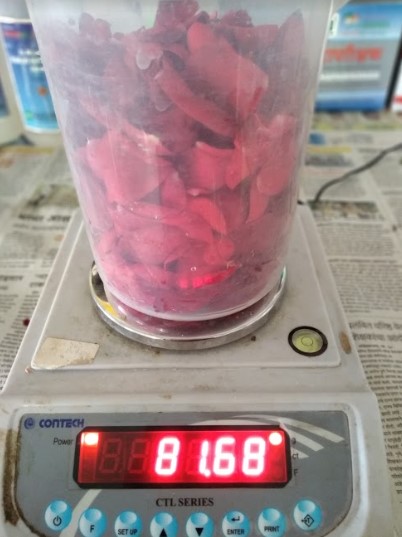
Cook the patels on and put it till patel colors become white.

Took flilter paper and a pot to separate patels and dye.
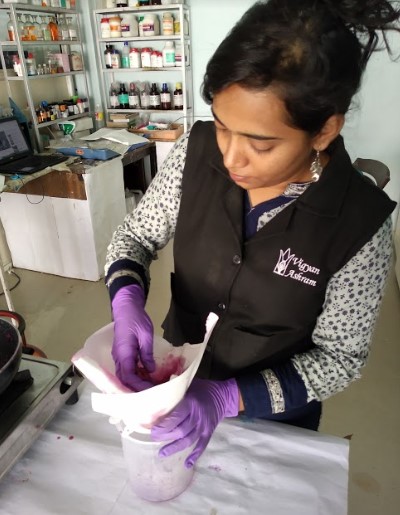
Other side I took fabric which I cut in assignment for samples. And took weight of fabric.
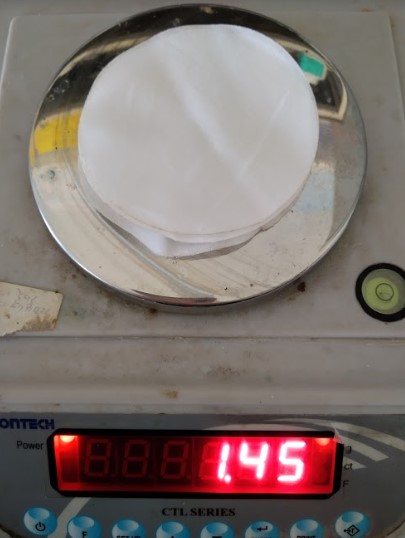
Types of fabric used to make differnt shade on differnt types of fabric :-
- Cotton silk 100%
- Cotton
- Cotton Popline
Sock it in water for 15 minutes.
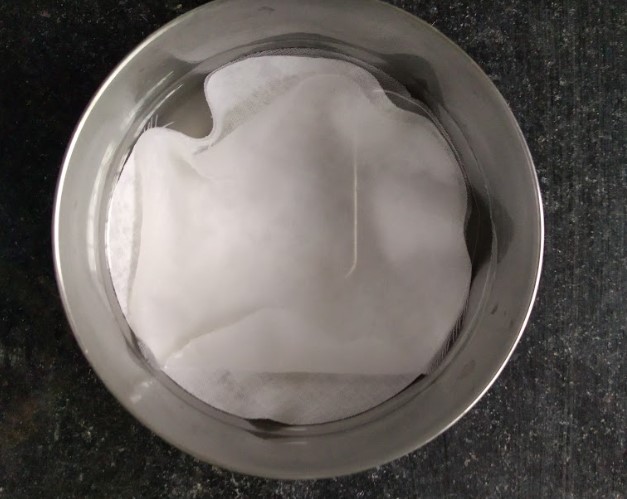
Then, remove fabric from water and put it on dye for half hour .

Ingradients#

Recipes#
| Natural dye | Boiled water | Mordant | cooking time | Soaked time in dye | Soacked time in warm water | |
|---|---|---|---|---|---|---|
| Turmeric | 15 gm. | 200 ml | salt(15gm) | 20 minnutes | 30 minutes | 5 minutes |
| Hibiscus | 10 gm | 200 ml | Alum(1gm) | 30 minutes | 2 hour | 5 minutes |
| Red rose | 80 gm | 400 ml | Alum(1gm) | 35 minutes | 2 hour | 7 minutes |
| Onion skin | 20 gm | 300 ml | Alum (0.91gm) | 25 minutes | 1 hour | 5 minutes |
| Tea | 11 gm | 200 ml | salt(1.73gm) | 20 minutes | 2 hours | 7 minutes |
Results#
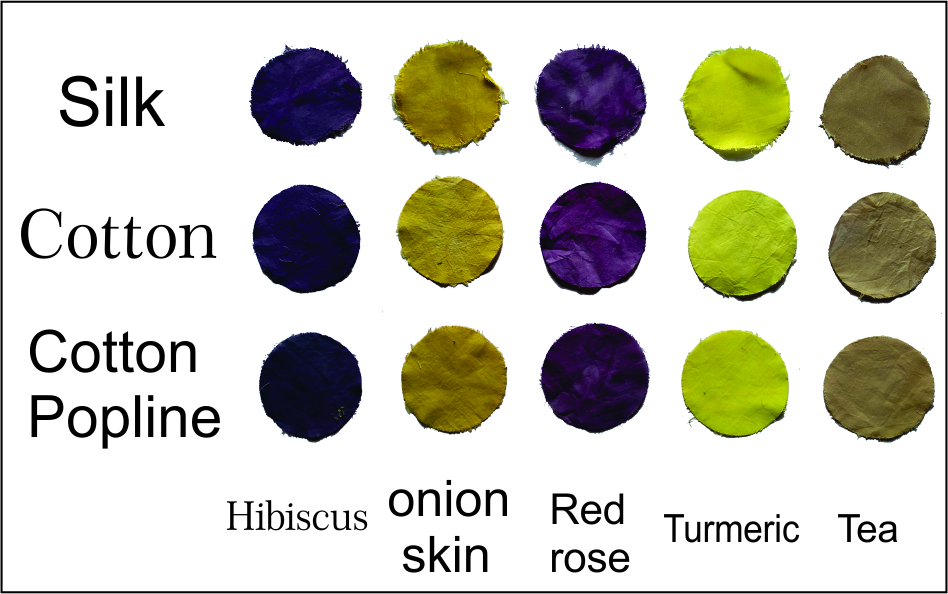
Interlocking Skirt with Natural Dye#
I use dye of tea and turmeric for this skirt. In assignment no.4 I have documented how to make natural dye.
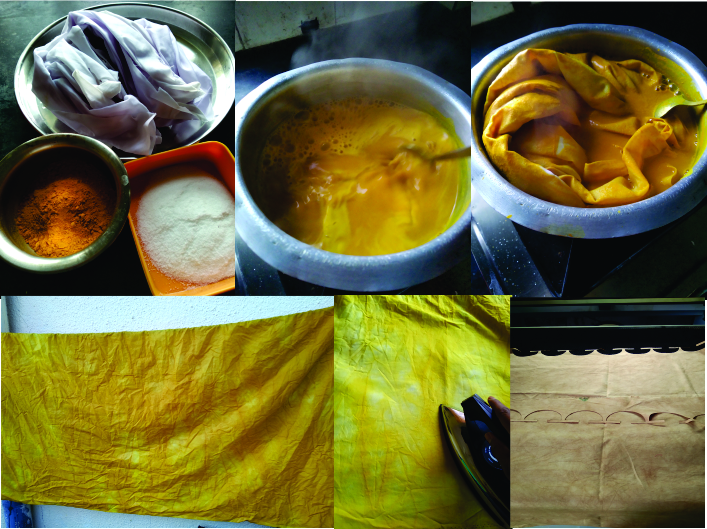
What is bioplastic ?#
Bioplastic is compostable material which come from renewable source. It help to reduce the problem of waste and pollution. It has a less oily feel. A bioplastic may have much greater water vapour absorptive than standard plastic. Bioplastic is short lived product. It can be made from vegetable fats and oils, corn starch, agar agar and so many ways.
Process of biomaterial#
Ingradients#

Recipes#
| Hot water | Distilled water | Cornstarch | White vinegar | Glycerine | Gelatine | Food colour | Cooking time | |
|---|---|---|---|---|---|---|---|---|
| 1st | 180 ml | 15 ml | 10 ml | 36 gm | 2 spoon | 4 minutes | ||
| 2nd | - | 40 ml | 6 gm | 5 ml | 6 ml | — | 2 drops | 10 minutes |
| 3rd | 50 ml | 5 ml | 3 ml | 13 gm | 2 drops | 4 minutes |
Results#

Bioplastic bag#
I fixed my bioplastic receipe. I was thinking to make earrings from bioplastic . I saw last year fabric academy students websites. Clara Devis made very nice projects on bioplastic. Bioplastic bag is best work by clara. I visit her website and download her file of 2d design to make bioplastic bag. I take test of speed and power for bioplastic.Here Clara did great documentation related bioplastic. After cutting this bioplastic bag I make another 2d design on corel draw and cut that on laser.
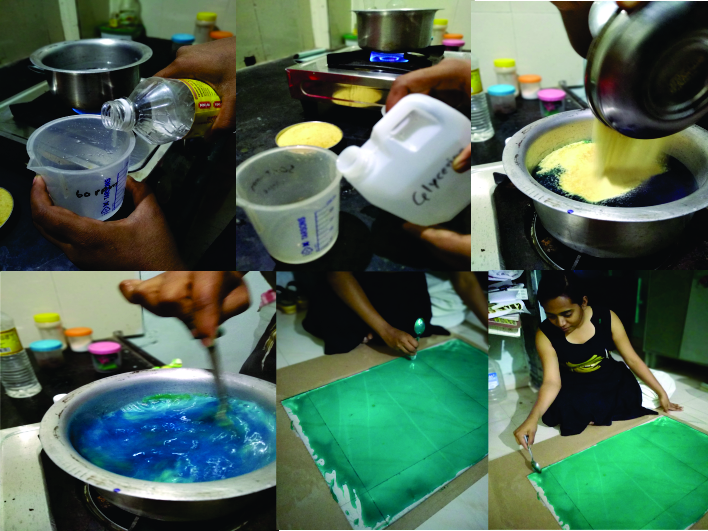
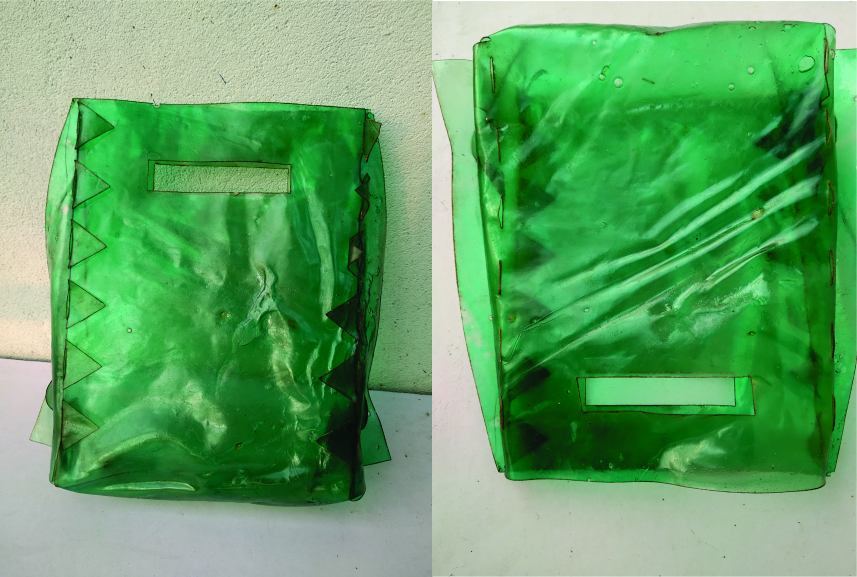
Experience in this crazy week..?#
In this week, i learnt biofabric and biomaterials. Most of the natural dyes are perfect on silk. I observed all colours looking good on silk than cotton. It is difficult to get dye from marigold flowers , I tried to get dye using different mordant. I used flowers in my bioplastics. I couldn’t get proper bioplastic using cornstarch. This link help me to get bioplastic procedure Make-Bioplastic . Otherwise, It was really a crazy week for me..🤩. I enjoyed my whole week with natural dye and bioplastic procedure.
Gallery#
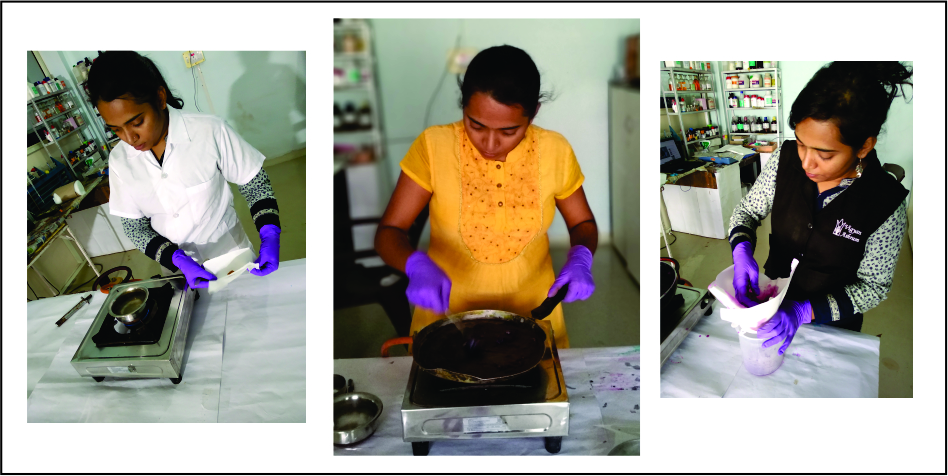
From Vimeo#
Bioplastic #fabricademy from HARSHADA RAUT on Vimeo.

Fabricademy by Harshada raut is licensed under a Creative Commons Attribution 4.0 International License.
Based on a work at https://class.textile-academy.org/.
Permissions beyond the scope of this license may be available at http://vigyanashram.com/.